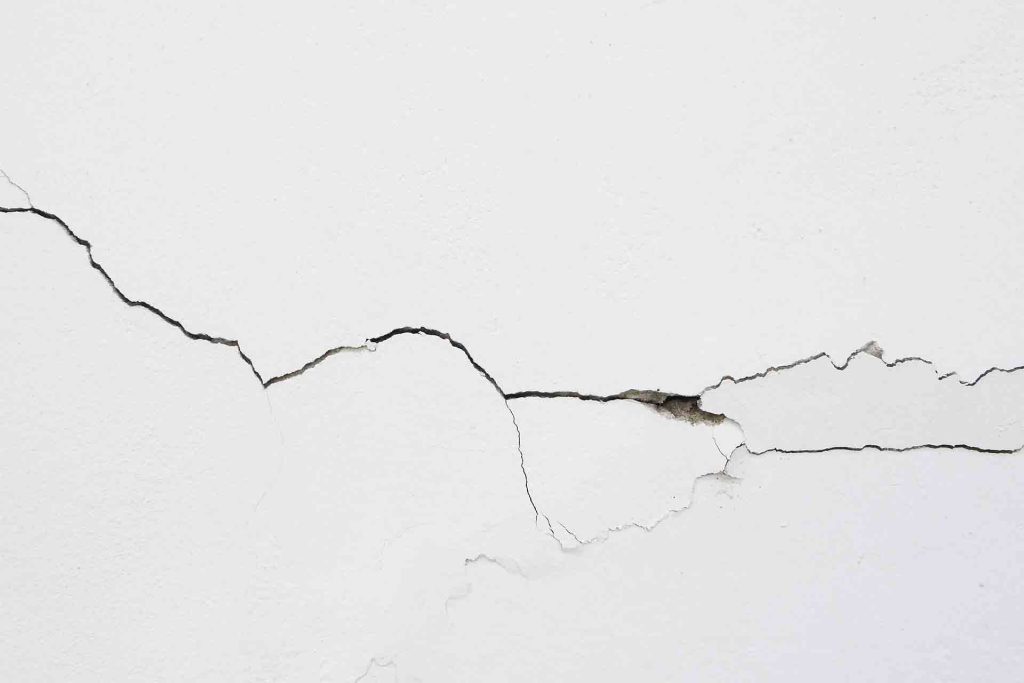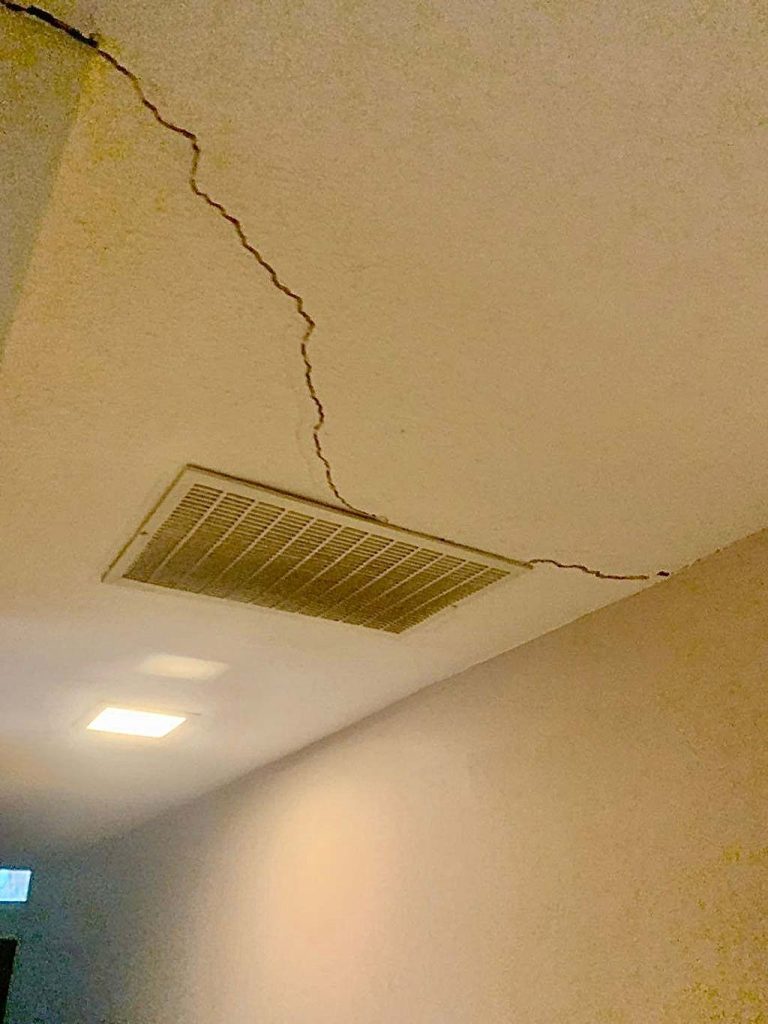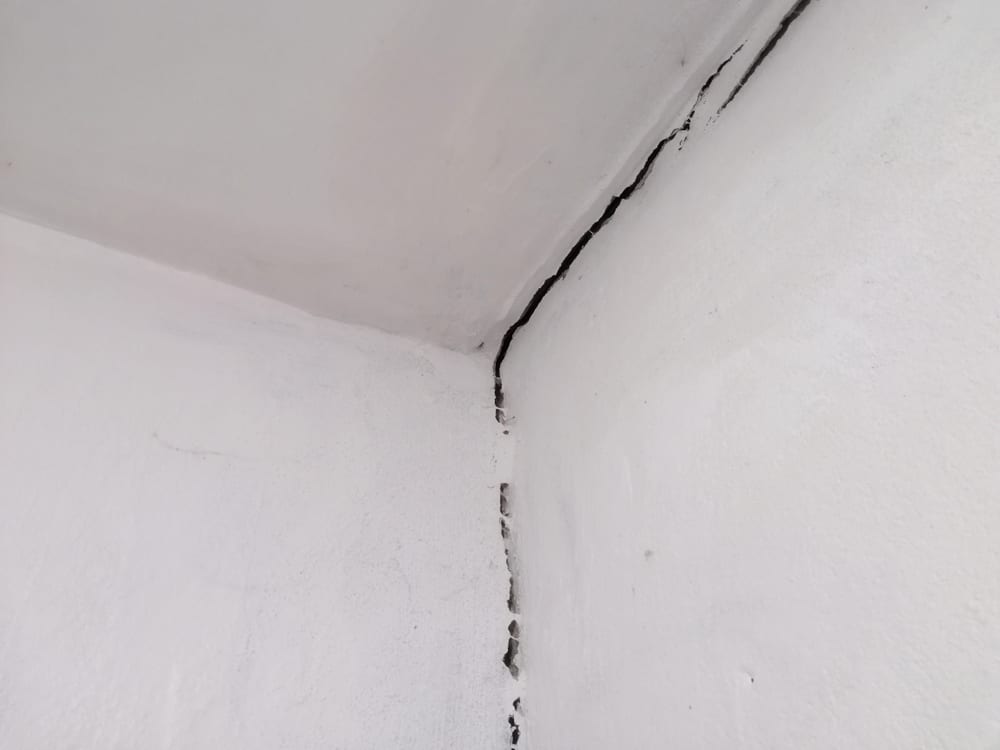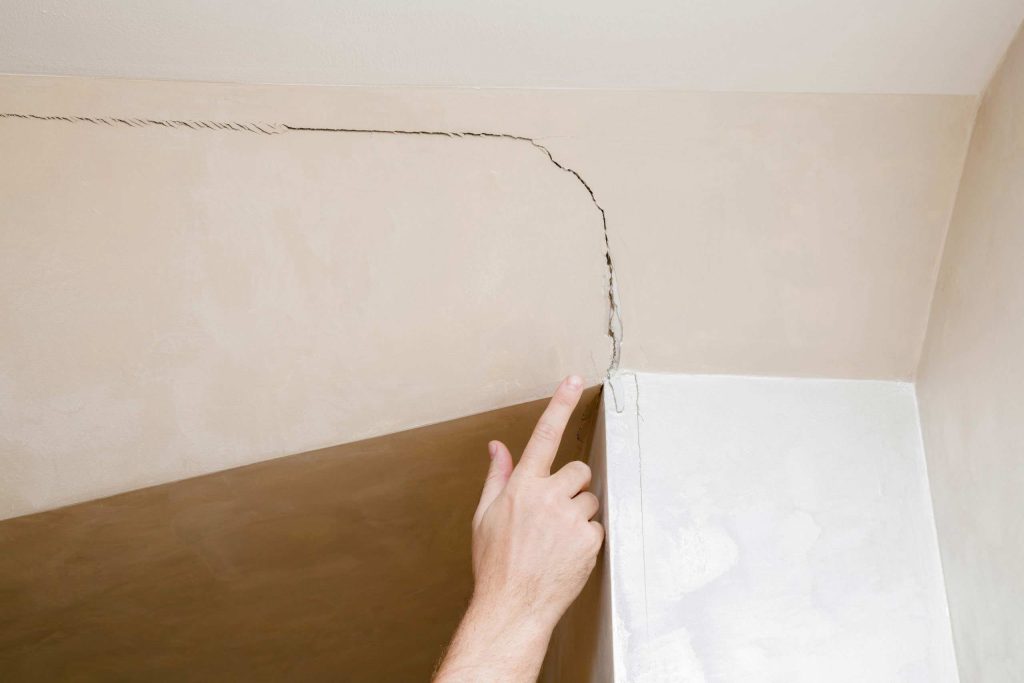Discover the reasons behind and effective solutions for “Cracks in Ceiling and Walls.” Enhance your knowledge for a structurally sound and visually pleasing home.

The Mystery of Cracks in Ceiling and Walls
Introduction: “Cracks in Ceiling and Walls” can be unsettling for homeowners, raising concerns about structural integrity and aesthetics. In this comprehensive guide, we will delve into the various factors contributing to these cracks and explore practical solutions to address the issue.
Read too: Is Bathroom Ceiling Mold Dangerous to Your Health and Home? Unveiling the Threat
Understanding the Causes: Cracks in Ceiling and Walls
1. Settlement Cracks:
- Definition: These are common and typically occur within the first few years after construction as the building settles into the ground.
- Solution: Minor settlement cracks may be cosmetic, but larger ones may require professional inspection and repairs.
2. Foundation Issues:
- Signs: Cracks appearing near windows and doors can indicate foundation problems.
- Solution: Consult with a structural engineer to assess foundation health. Repairs may involve foundation underpinning or stabilization.
3. Temperature and Humidity Fluctuations:
- Impact: Extreme temperature changes or high humidity levels can cause materials to expand and contract, leading to cracks.
- Solution: Maintain consistent indoor climate control to minimize temperature and humidity variations.
4. Poor Construction Practices:
- Signs: Inadequate materials or improper construction techniques can result in structural weaknesses.
- Solution: Consult with a contractor to identify subpar construction elements and implement necessary repairs.
The Role of Water Damage: Cracks in Ceiling and Walls
1. Roof Leaks:
- Indicators: Water stains on ceilings and walls, coupled with cracks, suggest potential roof leaks.
- Solution: Address roof leaks promptly, repair any damage, and ensure proper drainage.
2. Plumbing Issues:
- Signs: Water seepage from pipes can weaken walls and ceilings.
- Solution: Fix plumbing leaks and repair any resulting structural damage.
3. Exterior Water Intrusion:
- Impact: Poorly sealed windows or damaged siding can allow water to penetrate walls.
- Solution: Seal any gaps, repair damaged exteriors, and consider waterproofing measures.
Dealing with Cracks in Ceiling and Walls
Professional Inspection:
Structural Engineer Assessment:
- Importance: A certified structural engineer can determine the severity and root cause of cracks.
- Solution: Follow the engineer’s recommendations for repairs and maintenance.
DIY Repairs: Cracks in Ceiling and Walls
Minor Crack Filling:
- Tools: Use spackle or joint compound for minor cosmetic cracks.
- Precaution: Monitor cracks for any signs of progression or structural issues.
Preventive Measures:
Regular Maintenance:
- Routine Checks: Conduct regular inspections to identify and address potential issues before they escalate.
- Maintenance Tasks: Keep gutters clean, fix roof issues promptly, and address any water-related concerns.
Conclusion
In conclusion, understanding and addressing “Cracks in Ceiling and Walls” are vital for maintaining a structurally sound and visually appealing home. By identifying the root causes and implementing effective solutions, homeowners can ensure the longevity of their property and prevent further damage. Whether it’s through professional inspections, DIY repairs, or preventive measures, taking a proactive approach to crack management is key. Remember, a well-maintained home not only provides a comfortable living space but also preserves its value over time.


